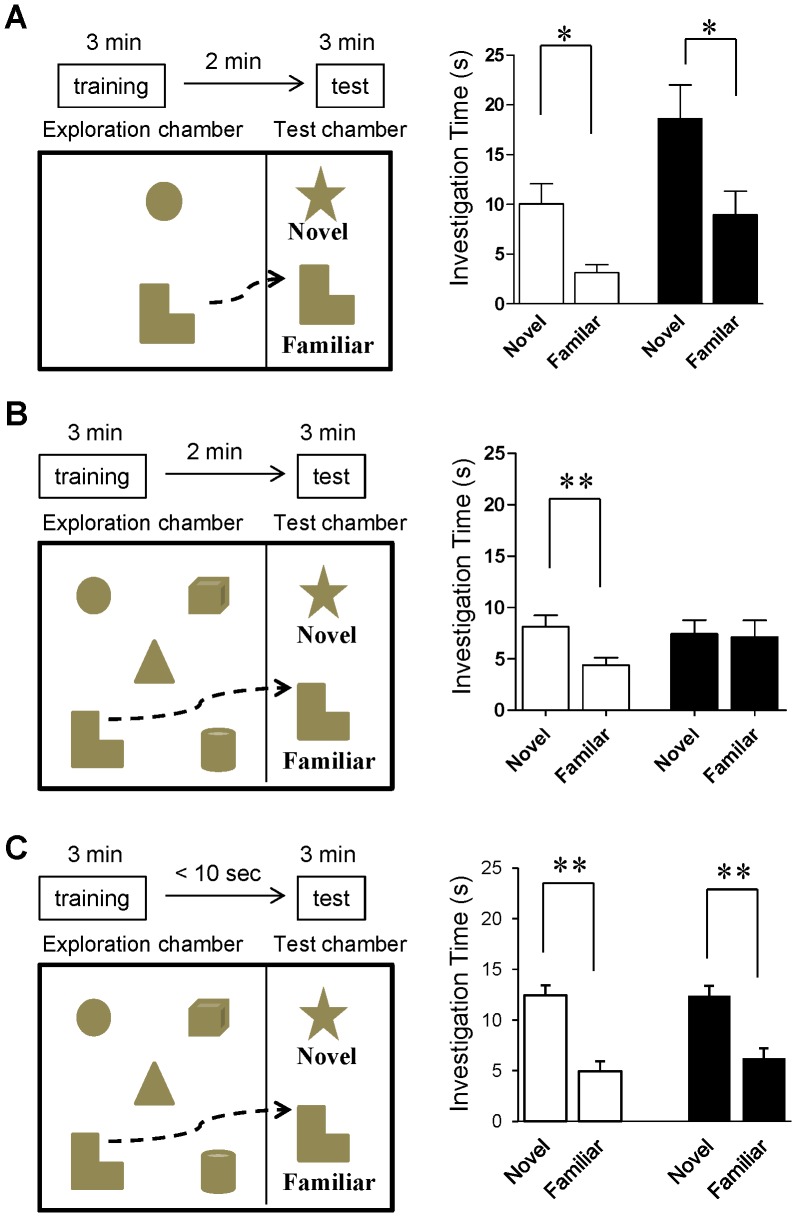Figure 5. Mutants are impaired in multi-object short-term memory task.
A. In a standard novel object recognition task with 2-min delay, both Flox controls (white bar, n = 7; two-tailed t-test, *p<0.05) and mutant mice (black bar, n = 8; two-tailed t-test, *p<0.05) spent more time investigating the novel vs old object. B. Two-min after a five-object exploration trial, Flox controls (while bar, n = 19) spent more time investigating the novel objects during the test trial (two-tailed t-test, **p<0.01), while mutant mice (black bar, n = 14) showed no difference for time spent investigating the novel vs old object (two-tailed t-test, p = 0.89). n.s., not significant. C. After a five-object exploration trial with almost no delay (<10 sec), both Flox controls (white bar, n = 8; two-tailed t-test, *p<0.05) and mutants mice (black bar, n = 9; two-tailed t-test, *p<0.05) spent more time investigating the novel vs old object.

